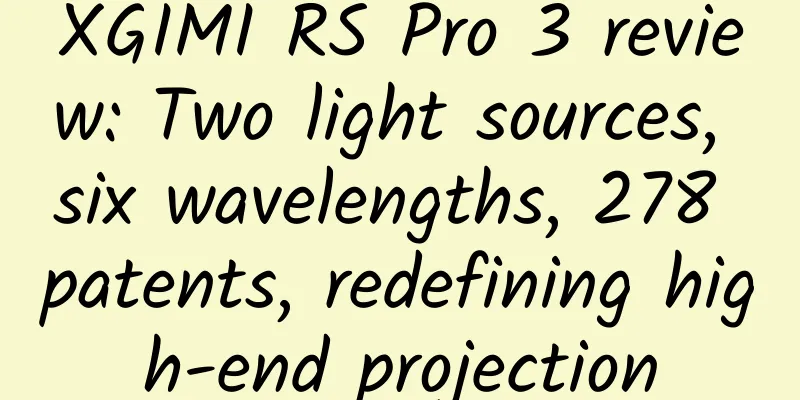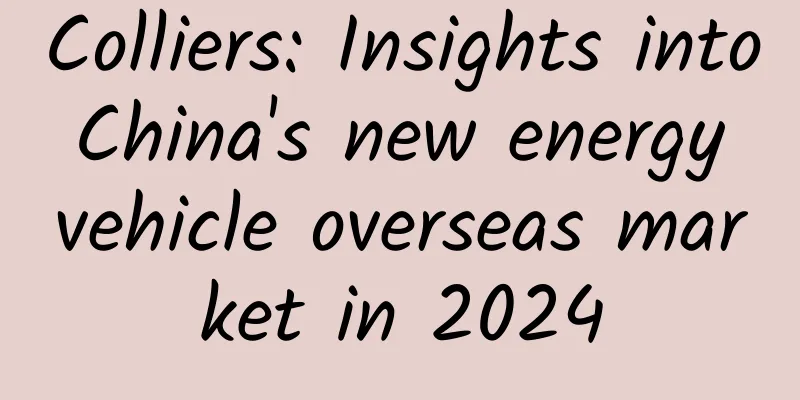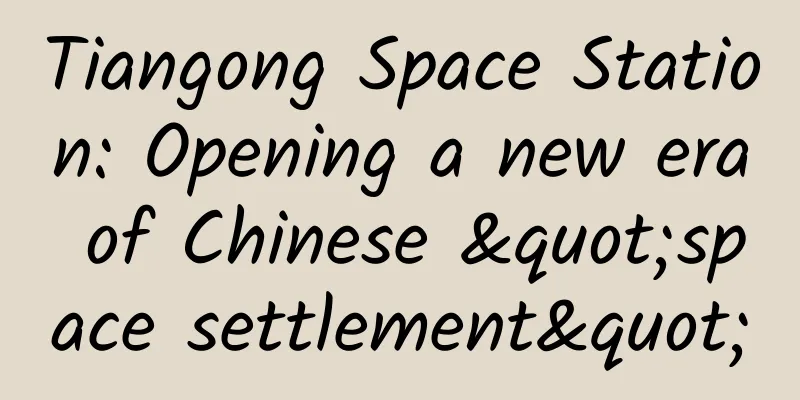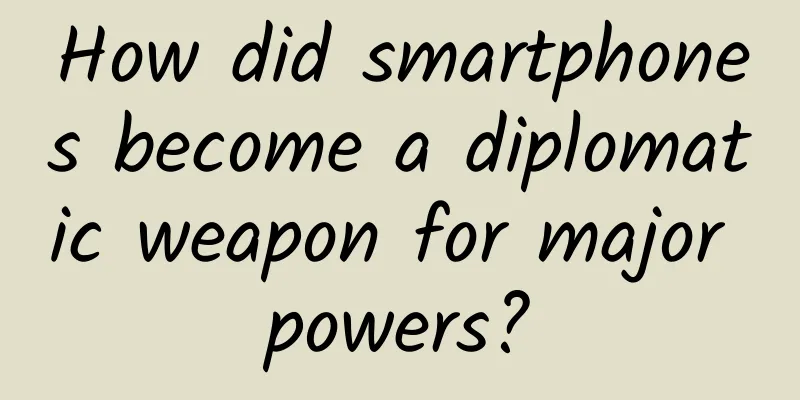How are transmission lines mounted on tall towers?
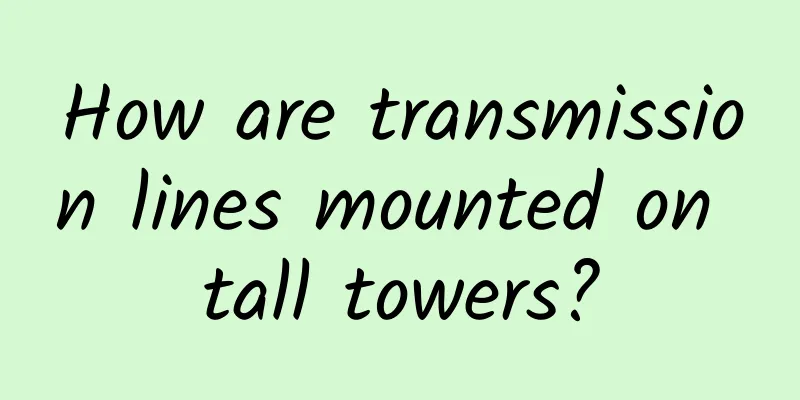
|
The towering iron towers and silver wires span mountains, rivers, lakes and seas, connecting thousands of households. This brings us to a unique skill in power grid construction - "threading the needle" from high altitude. However, the wire that power grid employees wear is not an ordinary wire, but a transmission wire that weighs tons. Taking a conductor with a cross-sectional area of 240 square millimeters as an example, the weight of the conductor is about 1 ton per kilometer. The weight of the steel-core aluminum stranded wire used in UHV power grid is more than 4 tons per kilometer. Therefore, if you want to "thread the needle" at high altitude and put several tons of wires on an iron tower tens or even hundreds of meters high, it still takes a lot of effort. How many steps are involved in “threading the needle” of the power grid? Simply put, the key to "threading the needle" in the power grid is to "use a thin rope to lead a thick rope". First, pull a delicate guide rope between the two iron towers, and then use the guide rope to lead the heavy transmission wire from one iron tower to another. During this process, nylon rope, Dyneema rope, thin steel wire rope, thick steel wire rope... guide ropes of various materials will appear one after another from thin to thick, gradually pulling the transmission wires "soaring into the sky". In the 1970s and 1980s, power construction machinery was not common, and power supply workers could only use manpower, mules and horses to complete the task of transporting traction ropes. This method required construction workers to walk through the line-laying section, which was labor-intensive and inefficient. With the development of technology, this method is slowly being replaced. ▲During the construction of the Baihetan-Jiangsu ±800 kV UHV DC transmission line crossing the already built Jinping-Sunan ±800 kV UHV line, power grid employees used drones to carry out line laying construction. In recent years, the technology of civil unmanned small aerial vehicles has advanced by leaps and bounds, and drones have also been used in power transmission and transformation line laying construction operations. Grid workers can remotely control drones wirelessly, and coordinate with remote data transmission and satellite positioning equipment on the ground to efficiently deploy guide ropes. Compared with conventional manual line laying, drones are not restricted by external geographical conditions, can take off and land vertically, and can hover freely, making them suitable for construction operations in complex terrain. ▲The drone "threads the needle" in the air and carries out ultra-high voltage line laying operations across the Yellow River. Taking a certain UHV line as an example, this high-altitude version of the power grid "threading" can be divided into the following steps: 01 Make preparations: arrange the tension field in advance, hang the lead-in wire-laying pulley on the tower, set up the safety net for the crossing construction at high altitude, etc. ▲The guided wire-laying pulley hanging on the tower. 02 The drone pulls a primary guide rope with a diameter of 4 mm from tower A to tower B. 03 The primary guide rope is used to pull the secondary guide rope with a diameter of 8 mm. 04 The secondary guide rope is then used to pull the tertiary guide rope with a diameter of 18 mm. 05 And so on, after 7 rounds of conversion, the main traction rope with a diameter of 28 mm is replaced. 06 Finally, the main traction rope is connected through the walking board to pull two transmission wires, and the wires are deployed in the form of "one pulling two". 07 Three main traction ropes synchronously pull six transmission wires to complete the deployment of one pole of the wire. 08 When both poles' conductors are laid out, the conductor crossing laying operation is completed. The whole process of drone "threading the needle" at high altitude↓ Of course, in some UHV line laying construction, power grid workers sometimes use 4 main traction ropes to synchronously pull 8 conductors (4×"one pulling two"), 2 main traction ropes to synchronously pull 8 conductors (2×"one pulling four"), etc. A skilled threader In addition to drones, there are also helicopters The battery density of drones is low, the flight time is relatively short, and their small body also limits their carrying capacity. In some power transmission line laying construction, power grid employees also use helicopter traction to carry out high-altitude crossing laying operations. Helicopters have longer flight distances, better wind resistance, and greater load capacity, which makes up for the shortcomings of drones. For example, during the construction of the Xi'aomen large span of the Zhoushan 500 kV grid-connected power transmission and transformation project, the "air crane" - the S-64F transport helicopter came on the scene. The power grid staff will place a counterweight under the helicopter. The main function of the counterweight is to keep the helicopter balanced. Another function is to keep the guide rope at a certain safe distance from the fuselage, which is beneficial to flight safety. According to experts, the weight of the counterweight is related to the tension of the helicopter. The greater the tension, the heavier the counterweight should be. The tension is also related to the specifications of the guide rope, the clearance distance to the ground, and the size of the span. During the construction of the Xi'aomen large span, one end of the guide rope was hung on the heavy hammer under the helicopter, and the other end was connected to a customized high-speed tension machine. Under the traction of the helicopter, it passed through the special wire-laying pulleys on the Cezi Tower and the Jintang Tower, completing the high-altitude cross-sea "threading". I believe that with the continuous development of science and technology and the "joining" of more new technologies, the construction level, efficiency and safety of the power grid's "threading" will be further improved. The future is promising! |
<<: "Hitting a tree can improve your health"? Wrong! Be careful of serious problems
>>: I have a privacy film, but others can still see my phone screen
Recommend
Why are the conversion rates of information flow accounts so poor?
Yesterday, I received a message like this in the ...
Home appliances will become a new hot spot for promotion as sales channels sink
With the popularization of broadband and the deve...
If you keep eating walnuts for 6 months, your brain may really change!
What do you think of when you mention "walnu...
NBA superstar Kobe Bryant passed away unexpectedly. Please cherish every day of our lives!
On January 27, Beijing time, the US media TMZ sud...
If there were no words in the world
You know What word is this? (The answer will be r...
Tencent Information Stream and QQ Advertising Double 11 E-commerce Promotion Red Book
The annual Double Eleven promotion is approaching...
10 steps to build a brand from scratch
This article can only share with you "how to...
Why is my phone charging so slowly? Here's the reason
As mobile phone functions become increasingly pow...
A brief introduction to MVP's practical exercises to make the code structure simpler~
Preface To be honest, I haven't updated my bl...
Monthly sales fell below 10,000 units. Wei Jianjun asked Haval H6 to learn marketing, which was really the wrong prescription.
Do you still remember the legendary car Haval H6?...
Let your ears feel the moving notes, Sony WI-1000XM2 noise reduction is more perfect!
To feel the beautiful music in the world, you nee...
Apple HomePod? We'll just see if we actually buy it or Echo
According to AppleInsider, a survey released on W...
Why can't you remember things? Science shows: forgetting is also a kind of learning!
"Forget, forget, forget all, the troubles of...
What are Baidu bidding creative punctuation marks?
Baidu Creative's sentence break is used to de...
iOS 15 supported models announced, this generation of classic iPhone will eventually retire
According to foreign media 9to5Mac, the well-know...
